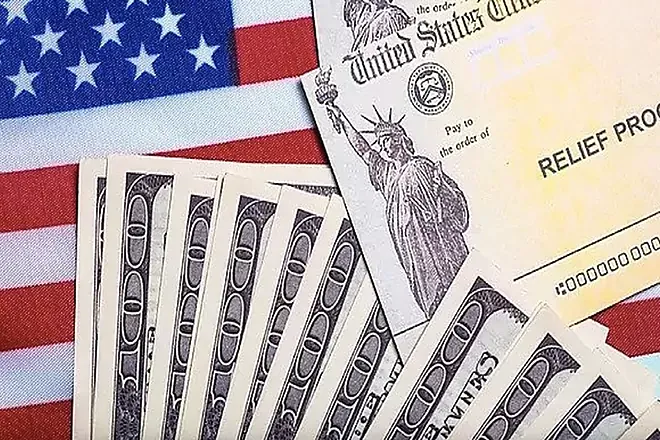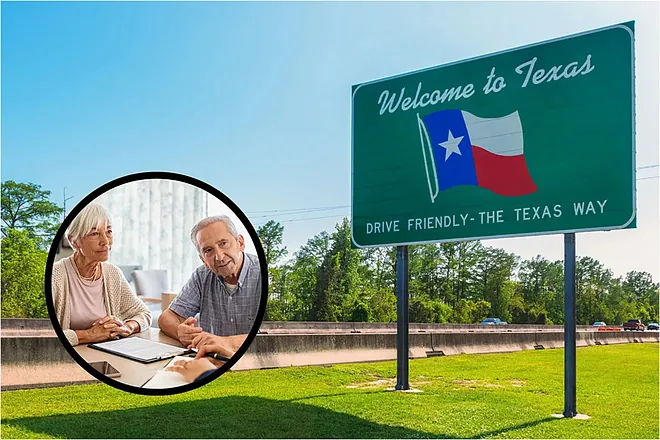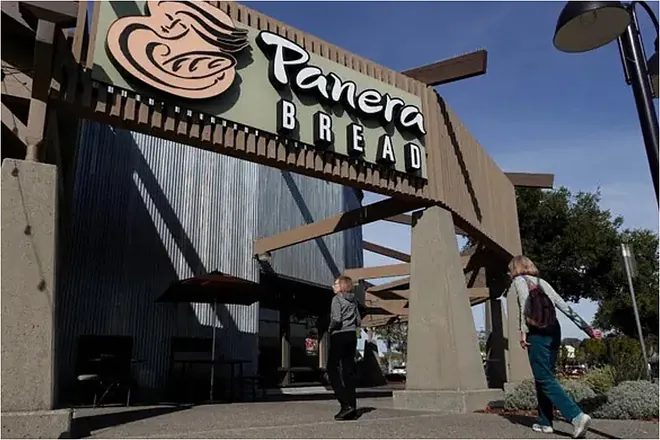If you’re wondering whether you can apply for a one-time student loan cancellation in August 2025, you’re not alone. Many borrowers are still trying to navigate the complex world of student loan forgiveness. Unfortunately, the one-time student loan cancellation program announced by the Biden administration is no longer accepting applications. In this blog post, we’ll break down why you can’t apply in August 2025, what the one-time cancellation was, other forgiveness options you might still qualify for, and tips to avoid scams. Let’s dive in!

What Was the One-Time Student Loan Cancellation Program?
The one-time student loan cancellation program was part of a Biden administration initiative to provide relief to federal student loan borrowers. The program aimed to:
- Cancel loans outright for some borrowers.
- Provide additional credit toward forgiveness for others, especially those on income-driven repayment (IDR) plans or Public Service Loan Forgiveness (PSLF).
This program was managed by the U.S. Department of Education and focused on fixing issues with loan servicing, such as ensuring borrowers received proper credit for payments made. For example, some borrowers with older loans, like commercially held Federal Family Education Loans (FFEL) or Parent PLUS loans, could consolidate their loans into a Direct Loan to qualify for this relief.
However, the deadline for taking action, such as consolidating certain loans, was June 30, 2024. If you didn’t consolidate or apply by that date, you’ve missed the window for this specific program.
Why Can’t You Apply in August 2025?
The one-time cancellation program was a limited-time opportunity. Here’s why you can’t apply in August 2025:
- Deadline Passed: The program required borrowers to consolidate certain loans by June 30, 2024, to be eligible for the one-time adjustment. No new applications are being accepted now.
- Program Completed: The Department of Education has already processed the adjustments for eligible borrowers who met the deadline. If you didn’t act in time, your loans won’t qualify for this specific relief.
- Legal Challenges: Other student loan forgiveness initiatives, like the Saving on a Valuable Education (SAVE) plan, have faced legal setbacks. In February 2025, the Eighth Circuit Court of Appeals upheld an injunction blocking parts of the SAVE plan, which has paused some IDR forgiveness processes. While this isn’t directly tied to the one-time cancellation, it shows how legal issues are complicating loan forgiveness.
Are There Other Student Loan Forgiveness Options in 2025?
Even though the one-time cancellation program is over, you may still qualify for other forgiveness programs. Here are some options to explore:
1. Public Service Loan Forgiveness (PSLF)
If you work full-time for a qualifying employer, like a government agency or nonprofit organization, you might be eligible for PSLF. Here’s how it works:
- Eligibility: You need to make 120 qualifying monthly payments under an eligible repayment plan (like an IDR plan) while working for a qualifying employer.
- Application Process: Submit a PSLF form annually or when you change employers to certify your employment. There’s no specific deadline, so you can apply anytime.
- Tips: Use the PSLF Help Tool on studentaid.gov to check your eligibility and track your progress. Make sure your loans are Direct Loans, as FFEL or Perkins loans don’t qualify unless consolidated.
2. Teacher Loan Forgiveness
If you’re a teacher, you might qualify for Teacher Loan Forgiveness:
- Eligibility: Teach full-time for five consecutive years in a low-income school or educational service agency. You can get up to $17,500 in forgiveness, depending on your subject area (e.g., math, science, or special education).
- Application: Submit the Teacher Loan Forgiveness application after meeting the requirements. Contact your loan servicer for details.
- Note: You can’t combine Teacher Loan Forgiveness with PSLF for the same period of service.
3. Income-Driven Repayment (IDR) Plans
IDR plans adjust your monthly payments based on your income and family size. After 20–25 years of payments, any remaining balance may be forgiven. However, the SAVE plan, one of the most popular IDR plans, is currently blocked by legal challenges, which may delay forgiveness for some borrowers.
- What to Do: Check with your loan servicer to see which IDR plans are available. You can still apply for other IDR plans like PAYE or IBR, but processing may be delayed due to the SAVE plan injunction.
4. Borrower Defense to Repayment
If your school misled you or engaged in misconduct, you might qualify for Borrower Defense to Repayment. This program discharges loans for borrowers who were defrauded by their college.
- How to Apply: Submit an application through studentaid.gov. Provide evidence, like misleading advertisements or false promises from your school.
How to Check Your Eligibility for Forgiveness
To find out if you qualify for any forgiveness programs:
- Visit studentaid.gov: Use the Federal Student Aid website to check your loan type, balance, and repayment status. The PSLF Help Tool and Loan Simulator are great resources.
- Contact Your Loan Servicer: Your servicer can confirm your loan type and explain your options. Common servicers include MOHELA, Nelnet, and Aidvantage.
- Review Your Employment: For PSLF or Teacher Loan Forgiveness, confirm that your employer qualifies. You can check this on studentaid.gov or with your servicer.
Watch Out for Student Loan Scams
With so much confusion around student loan forgiveness, scammers are targeting borrowers. Here are some red flags to watch for:
- Upfront Fees: Legitimate forgiveness programs never charge fees to apply. If a company asks for payment to “help” with your application, it’s likely a scam.
- Promises of Immediate Forgiveness: Be wary of anyone promising instant loan cancellation. Forgiveness programs like PSLF require years of qualifying payments.
- Requests for Personal Information: Don’t share your Federal Student Aid ID or bank details with unverified companies.
Tip: Always work directly with your loan servicer or the Department of Education. If you suspect a scam, report it to the Federal Trade Commission (ftc.gov).
What’s Next for Student Loan Forgiveness?
The student loan forgiveness landscape is constantly changing. Legal battles, like the one blocking the SAVE plan, could affect future relief options. Here’s what to keep an eye on:
- Court Rulings: Stay updated on legal challenges to programs like SAVE. Check reputable sources like studentaid.gov or major news outlets for updates.
- New Proposals: The Biden administration or future administrations may introduce new forgiveness programs. Follow the Department of Education’s announcements for the latest news.
- Legislative Changes: Congress could pass laws affecting student loans, such as simplifying repayment plans or expanding forgiveness.
While you can’t apply for the one-time student loan cancellation in August 2025, other forgiveness programs like PSLF, Teacher Loan Forgiveness, and IDR plans are still available. Take time to review your loans, check your eligibility, and stay informed about changes in the student loan world. Always use trusted resources like studentaid.gov and avoid falling for scams.
If you’re feeling overwhelmed, start small: contact your loan servicer or visit the Federal Student Aid website to explore your options. With patience and the right information, you can take steps toward reducing or eliminating your student loan debt.







